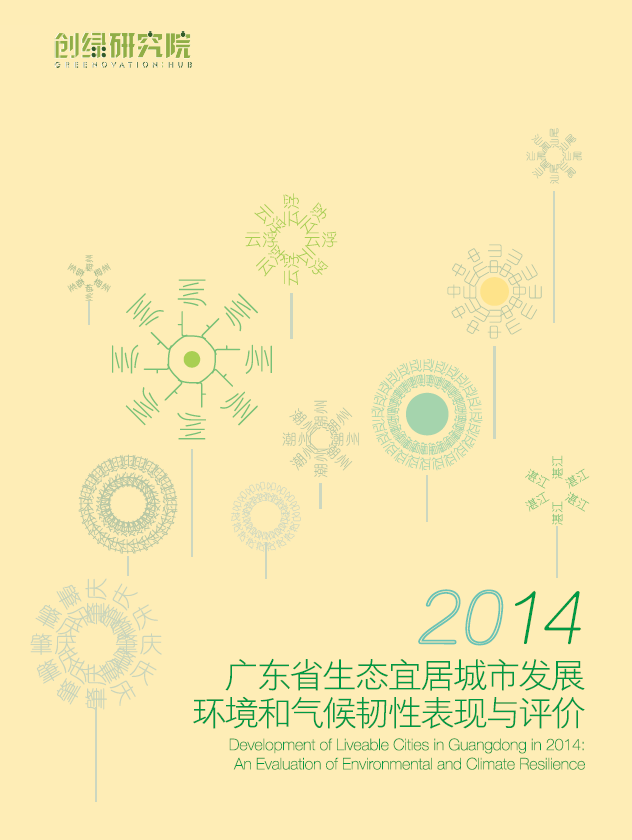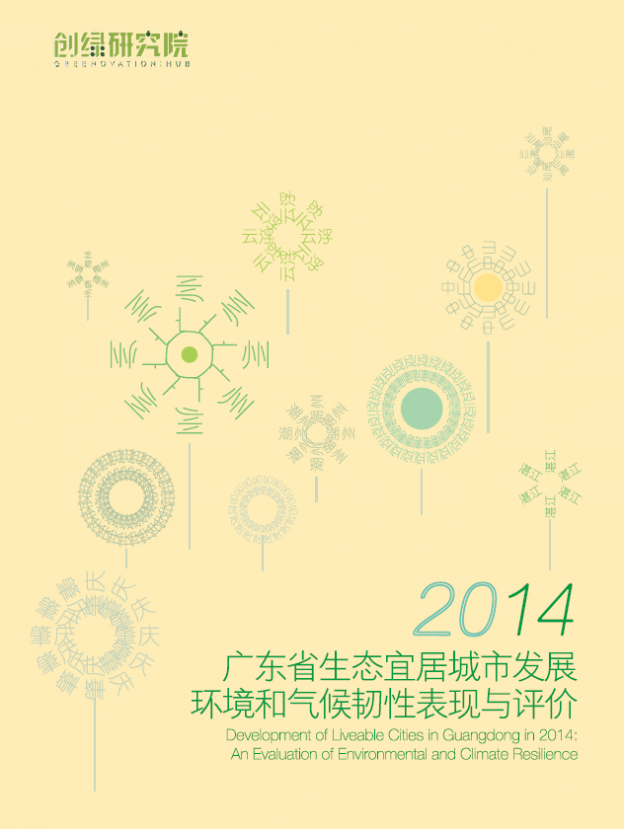
The Guangdong Ecological Livable City Index report was released for the first time in September 2013 and has received extensive attention all over the province from various observers. In addition to the extensive media coverage, many experts provided enlightening suggestions, and many local administrative departments provided additional data and feedback on the report. The report has now established a trend of interaction and discussion on this topic between local governments, academics and the public. The 2014 Guangdong Ecological Livable City Index follows the path set by the 2013 report, but now also takes climate resilience into account in the assessment system. Assessment criteria were set based on each city’s measures and capacities for mitigation, adaptation and capability to slow down the process of climate change.
According to the research, local decision-makers are increasingly paying attention to climate change and its impacts. For instance, the 2013 Meteorological Yearbook of Guangdong Province acknowledged that meteorological disasters are worsening due to climate change, and the 12th Five-year Plan on Climate Change in Guangdong Province clearly identified the major tasks required for addressing climate change in cities in Guangdong. However, the concrete measures that have been taken to address the problem at hand are still inadequate. From the point of view of this research, basic data necessary to conduct the climate risk and resilience assessment was extremely difficult to obtain. In order to encourage all stakeholders in cities to manage and disclose information related to climate change, the research in 2014 focused on forming a scientific and comprehensive assessment system. 27 criteria were utilized in this report in order to evaluate each city’s climate resilience. The report presents the efforts made by the 21 prefecture-level cities in Guangdong Province and marks the formation of the city climate resilience rating assessment system.
The assessment system used in the 2014 research is based on the research conducted for the 2013 Guangdong Ecological Livable City Index, but has been improved in a number of areas. This updated assessment system was used to evaluate and rank the environmental performance of the 21 prefecture-level cities in Guangdong Province. According to the Guangdong Ecological Livable City Index research report for 2014, Heyuan City, Chaozhou City and Shantou City rank as the top three most livable cities, whereas Qingyuan City, Yunfu City and Dongguan City come last. In addition to the environmental quality, environmental information disclosure and data availability were also taken into account in the ranking process, as environmental information disclosure is a precondition for public participation and sound environmental governance. Therefore, high-ranking cities are performing well in terms of environmental quality and comprehensive environmental protection efforts, as well as information disclosure. Meanwhile, some low-ranking cities may have similar environmental quality to other cities, but may be ranked poorly due to deficiencies in the information disclosure of the relevant administrative departments which mean that the public have limited access to relevant environmental data and information.




